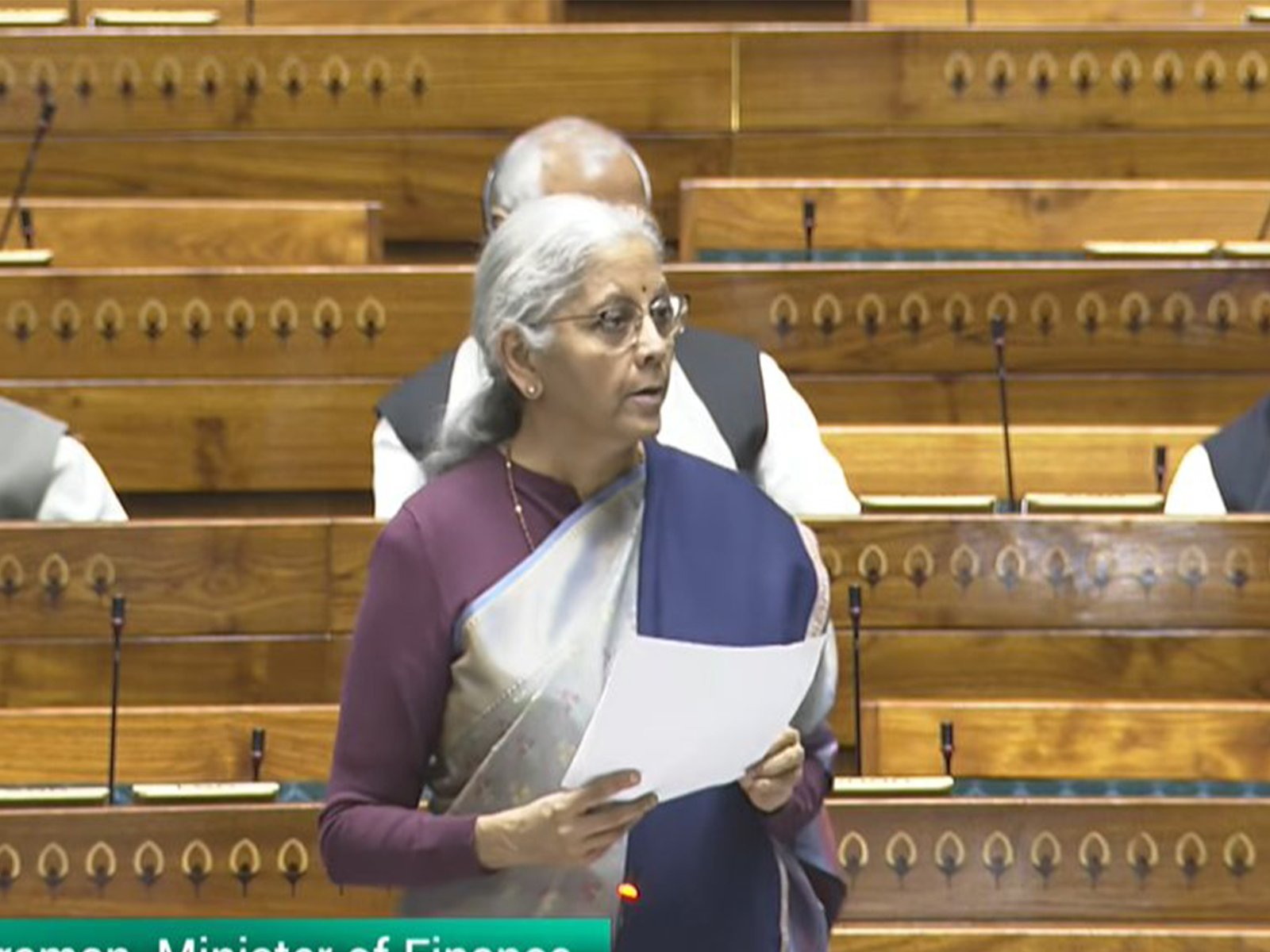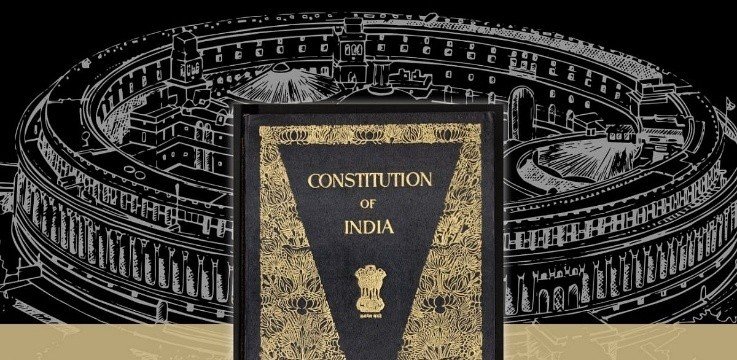Why in the News?
- The Supreme Court of India (May 16, 2025) declared that post-facto environmental clearances (ECs) are illegal.
- This judgment has major implications for India’s infrastructure, real estate, industry, and environmental governance, raising concerns over mass demolitions, regulatory confusion, and the balance between development and environmental protection.
Supreme Court Verdict (May 2025)
- The Supreme Court of India declared that post-facto (retrospective) environmental clearances are illegal.
- What does this mean?
- If a factory, building, or highway was built without taking prior environmental clearance (EC), it cannot later apply for approval and get legalised.
- In simple terms: “No clearance beforehand = illegal project.”
- This ruling has shaken governments, industries, and citizens, because many existing projects were relying on post-facto approvals.
How Did We Get Here? – The Legal Backdrop
- This debate did not start in 2025. It goes back over a decade:
- 2013: The Southern Bench of the National Green Tribunal (NGT) in P. Muthuraman v. Union of India said projects cannot get clearance after construction has begun.
- 2013–2025: Despite this, many governments and industries continued with projects assuming they would eventually get regularised.
- 2025: In Vanashakti v. Union of India, the Supreme Court finally upheld the NGT’s stand; closing the door on retrospective approvals once and for all.
Why is the Verdict Problematic?
While the intention of the Court is to protect the environment, some practical problems arise:
- No guidance on what to do next – States are interpreting the judgment differently. Some have already begun demolition drives against schools, industries, and even public infrastructure.
- Demolition may harm the environment – Destroying thousands of buildings will create huge debris, emissions, and displacement, ironically damaging the environment.
- All violations treated the same – Small procedural lapses and large-scale violations are being equated.
- Fear-driven compliance – Instead of accountability, the ruling may push projects underground, making monitoring harder.
- Legal ambiguity for coastal projects – The order mentions the Environmental Impact Assessment (EIA) Notification, 2006, but is silent on the Coastal Regulation Zone (CRZ) Notification, 2011. This has created confusion for ports, tourism, and other coastal projects.
Implications Beyond EIA
- India’s environmental regulation doesn’t depend on one law. It is based on multiple acts:
- Water Act, 1974
- Air Act, 1981
- Environment Protection Act, 1986 (under which EIA and CRZ notifications are issued)
- If the Supreme Court’s ruling is interpreted broadly, then any unit operating without prior consent from State Pollution Control Boards could face closure. This would have massive economic and social consequences.
Why Do Blanket Demolitions Don’t Work?
- Many violations were not intentional but caused by delays, confusion, or inconsistent rules over 12 years.
- Demolition may satisfy the law on paper, but it won’t necessarily serve environmental justice.
- The principle of sustainable development (Article 21, Right to Life) says that environment and livelihoods must be balanced.
The Suggested Middle Path – Hybrid Compliance Model
- Experts propose a balanced approach instead of blanket demolition:
- No regularisation in eco-sensitive zones.
- Mandatory environmental assessments for existing non-compliant projects.
- Heavy fines and restoration duties (polluters pay principle).
- Independent monitoring of projects.
- Time-bound compliance window to fix violations.
- This way, violators are not pardoned but forced to pay, restore, and comply. The focus shifts from punishment → prevention and reform.
What Happens Next?
- The Supreme Court has agreed to review its verdict after petitions by industry associations.
- This review is not to weaken the judgment, but to:
- Provide clarity on what to do with existing projects.
- Avoid chaos in coastal and industrial projects.
- Create a modern, intelligent compliance system that protects nature without destroying livelihoods.
Way Forward
- Adopt a hybrid compliance model → Instead of demolition, impose fines, restoration duties, and mandatory environmental audits.
- Use restoration-based penalties and promote sustainable retrofitting of existing structures.
- Differentiate cases → Minor violations can be regularised with penalties, while major/ecologically sensitive violations face strict action.
- Clarify scope through review petitions and stakeholder consultations to avoid confusion.
- Frame transition rules → give time-bound compliance windows and strengthen Pollution Control Boards for monitoring.
- Promote self-reporting, transparent monitoring, and digital compliance tracking to build accountability.
Conclusion
The SC ruling makes it clear that environmental clearance must be prior, not post-facto. Instead of blanket demolitions, India needs a balanced compliance system that enforces accountability through fines and restoration, while ensuring sustainable development and growth move together.
| EnsureIAS Mains Question Q. The Supreme Court’s ban on post-facto environmental clearances aims to strengthen environmental accountability. Critically analyse its implications for India’s development and suggest a balanced framework to harmonise environmental protection with economic growth. (250 words) |
| EnsureIAS Prelims Question Q. Consider the following statements about Environmental Clearances (ECs) in India: 1. Environmental clearance is mandatory for certain large projects under the EIA Notification, 2006 issued under the Environment (Protection) Act, 1986. 2. Post-facto environmental clearances, i.e., approvals granted after construction, are legally valid under Indian law. 3. Coastal projects are regulated under a separate CRZ Notification, 2011, which also flows from the Environment (Protection) Act, 1986. Which of the above statements is/are correct? (a) 1 and 2 only (b) 2 and 3 only (c) 1 and 3 only (d) 1, 2 and 3 Answer: (c) 1 and 3 only Statement 1 is Correct: EC is mandatory for large-scale projects under EIA 2006. Statement 2 is Incorrect: The Supreme Court (2025) declared post-facto clearances illegal. Statement 3 is Correct: CRZ 2011 regulates coastal areas separately, also under the Environment Protection Act. |
Also Read | |
| UPSC Foundation Course | UPSC Daily Current Affairs |
| UPSC Monthly Magazine | CSAT Foundation Course |
| Free MCQs for UPSC Prelims | UPSC Test Series |
| ENSURE IAS NOTES | Our Booklist |





